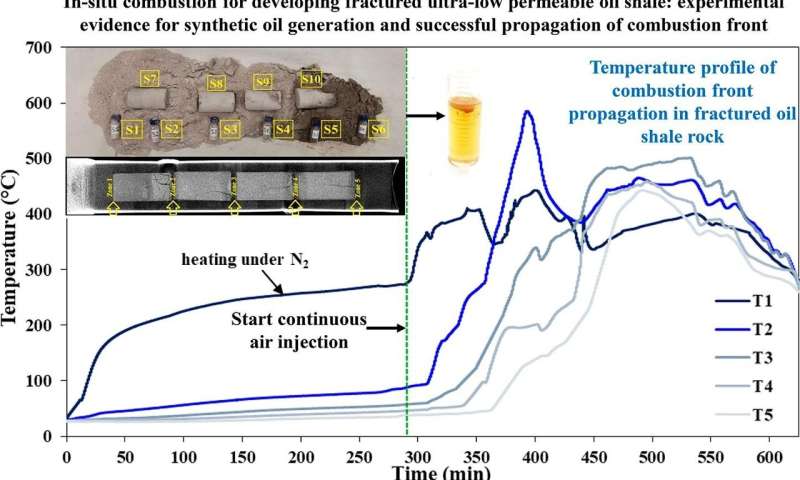In-situ combustion tests continue at Natih B oilfield in Oman

A paper by Kazan University saw light in FUEL.
The ability to profitably develop unconventional hydrocarbon resources is an important aspect of the oil and gas industry. This is true for many countries, with Russia and the Middle East, primarily Oman, deserving special attention. Among unconventional resources, deposits of oil shale hold a special place. In addition to conventional oil and gas deposits they are an alternative source of raw materials for the energy and oil industry, the prospects of which are based on already explored large reserves. According to various estimates, the resources of shale oil in the world may amount at 650 trillion tons, which is significantly more than the explored reserves of conventional oil.
Traditional methods are unfit for oil shales, so new technology is in order. With that in mind, KFU has partnered up with Daleel Petroleum and Sultan Qaboos University to explore varios possibilities at Natih B, an oilfield at a massive Rub' al Khali Basin in the Arabian Peninsula. The technology comprises fracking with further in-situ combustion accompanied by a KFU-made catalyst.
Physical modeling is performed inside KFU's proprietary combustion tube. During experiments, a systemic analysis was made covering temperature profiles, pressure parameters, and combustion gases. Micro-tomography was performed to visually control the structure of porous media.
"It was found that during the process of in-situ combustion, there was a threefold increase in the permeability of the porous medium model and the steady propagation of the combustion front," comments Senior Research Associate of the Laboratory of Enhanced Oil Recovery Alexander Bolotov.
"The conclusions obtained in this work provide experimental evidence for the successful initiation and propagation of the combustion front in low-permeability oil shale. The experiments confirm the possibility of using in-situ combustion technology to develop low-permeability oil shale and in-situ transformation of oil shale to produce synthetic oil," adds Junior Research Associate Ilgiz Minkhanov.
The modern oil and gas industry is already familiar with the idea of in-situ combustion for oil shale development and processing. Because of the low permeability of oil shale, a hydraulic fracturing operation is usually required before air injection. However, one of the biggest technical questions is whether the combustion front will be able to establish and sustainably propagate in the low-permeability zone not covered by fractures. This joint study provides further ground for relevant research.
More information:
In-situ combustion technique for developing fractured low permeable oil shale: Experimental evidence for synthetic oil generation and successful propagation of combustion front
www.sciencedirect.com/science/ … 0016236123006087?via%3Dihub
Provided by Kazan Federal University